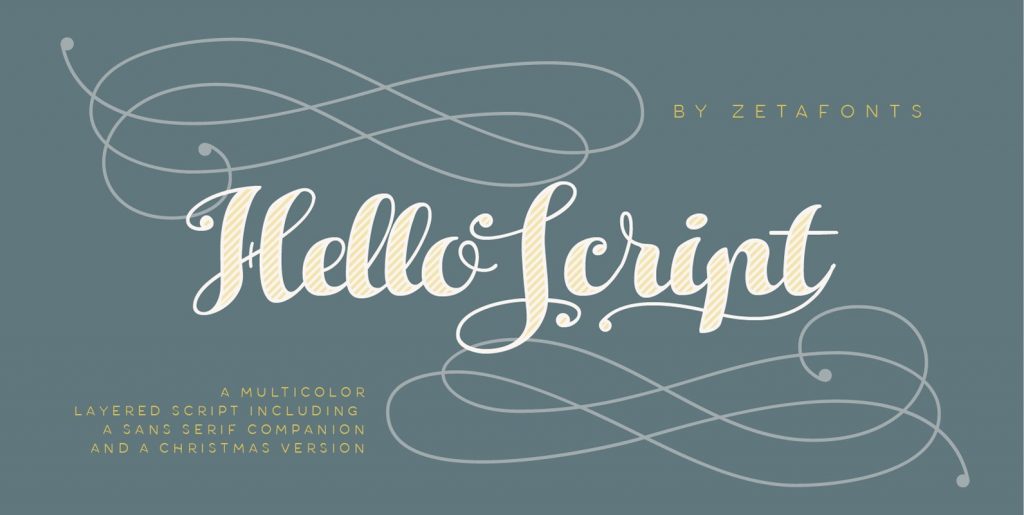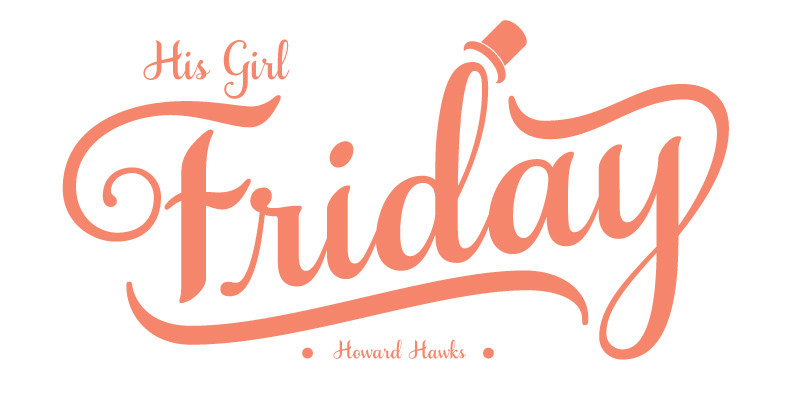I hate the idea of revivals. I have publicly said I choose not to do revivals because they make me uncomfortable. This is as close as I have been to crossing my own line. To be direct, Rhythm is based on the ATF typeface, Ratio (I just recently learned the foundry of origin). I came across this typeface from a printed specimen years ago when I was in school and held onto it. It was unique and I loved how well integrated the inline worked within both the flourish and serif of the glyphs, it was old, but not, reminiscent, but fresh.
My specimen was limited in the glyph offering (it was c. 1930ish) and I realized a lot would need to be done to finish it and bring it to contemporary expectations. I didn’t want to do retro and tried to avoid the visual trappings associated with it. What I did want to do is interpret what I had in the specimen and reinterpret it digitally, refining its construction and extending its typographic equity along the way.
The One and Two (and their matching Solids) styles diverge providing various elaborations that coordinate well between rigid bracketed serifs and compact tails. I further expanded the glyph offering to include a full diacritic set, old style numerals, fractions, stylistic alternates, swashes, titling alternates and controlled flourishes that adhere to the efficient framework of the script. And yes, I refer to it as a script because calling it a cutesy serif seems wrong 🙂
I hope this is seen less as a slavish revival and more as a championing of a really unique typeface.
The Original Typeface was Adastra, designed by Hebert Thannhaeuser for the Foundry D. Stempel AG in Frankfurt, Germany.

